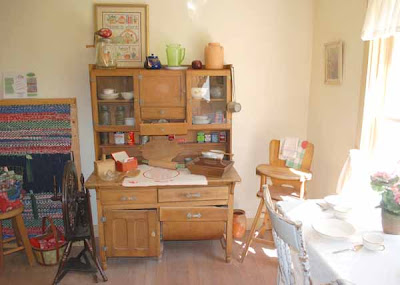Jean Dujardin and Berenice Bejo in "The Artist"
The movie "The Artist" finally opened in my hometown, and I was fortunate enough to see this movie over the weekend. Yes, it is a silent movie (except for a couple of scenes where the sound is strategically placed), and yes, it is in black and white. That should not deter you from seeing this film, rather, it should be all the more reason to go. This movie is a refreshing love letter to a past era of movie-making. Berenice Bejo is a scene-stealer as the spunky Peppy Miller, and Jean Dujardin turns in a great performance as George Valentin. Like "Singin' in the Rain," this movie captures the transition of silent films to sound, and tells the story of silent-film star George Valentin who is left behind by the new technology. As his star falls, Peppy's rises. The two have a wonderful onscreen chemistry.
Berenice Bejo as Peppy Miller
George Valentin falls deeper into despair and ruin, and in a funny scene, is confronted by a miniature version of himself, who counsels him to not continue his downward slide due to his own pride. In typical old-movie fashion, all ends well, and this movie will leave you smiling. The thing I loved while watching this movie was the incredible beauty of black and white film. I had not watched a black and white movie in quite awhile, and to see one this well done on the big screen was a choice experience. "The Artist" is nominated for Best Picture this year at the Academy Awards, as is another movie saluting the silent movie era, "Hugo."
Scene from "Hugo"
"Hugo" is based on the highly-touted book "The Invention of Hugo Cabret" written and illustrated by Caldecott Honor winner Brian Selznick. The book features incredible illustrations, and it was interesting to see the scenes come alive on film. In the story, young orphan Hugo Cabret is fascinated with repairing a mechanical man his father found. Hugo lives in the train station, and steals parts he needs to fix the mechanical man from toy shop owner Georges (Ben Kingsley). Hugo is befriended by Isabelle, Georges' goddaughter, and together they uncover the secret of Papa Georges--he used to make elaborate silent movies. The sequence showing Georges and his wife making the silent movies is very entertaining. The dual stories of Hugo's quest to complete the mechanical man and Georges' silent movie past are woven together seamlessly by director Martin Scorsese. Scorsese also beautifully recreates 1931 Paris in this stunning visual film. "Hugo" is nominated for eleven Academy Awards including Best Picture this year.
Movie Poster for Hugo Cabret
Both of these movies reminded me of "Singin in the Rain", the 1952 classic starring Gene Kelly, Donald O'Connor, and Debbie Reynolds. This movie was also nominated for some Academy Awards, but failed to take home any of them. I put this movie on the other night and promised my thirteen year old we could turn it off after the first 15 minutes if he didn't like it. Seven minutes in, he told me he wanted to see the whole thing, and we thoroughly enjoyed it.
Gene Kelly "Singin in the Rain"
Gene Kelly is amazing, Donald O'Connor gets a lot of laughs, and the scene with Lina Lamont (played by Jean Hagen) and her voice coach is still hilarious. In fact, "The Artist" gives a nod to this scene as Missi Pyle's Constance tries to make the cut as a "talking" actress.
"Lina Lamont" in "Singin in the Rain"
Another movie not as well-known but worth your time is "Shadow Magic." This movie played at the Sundance Film Festival several years ago, and also deals with changing technologies. Young photographer Liu is intrigued with phonographs and sound, and when he learns of moving pictures from visiting Englishman Raymond Wallace, he is fascinated. Liu helps Wallace introduce the Chinese to moving pictures, and finds himself caught between his own cultural traditions and the influences of western culture. This movie is in English and Chinese with subtitles, but is family friendly and easy for children to follow. Will Liu risk everything to bring motion pictures to turn-of-the-century China? And will he find love in the process? "Shadow Magic" is another great film about the early era of movie-making.
Englishman Raymond Wallace in "Shadow Magic"
Any of these movies make for an entertaining weekend. Both "Singin in the Rain" and "Shadow Magic" are available on DVD, while you can catch "Hugo" and "The Artist" in theaters.
Liu and Wallace in a scene from "Shadow Magic"
"The Artist" is definitely worth watching, and I am eager to see if either it or "Hugo" can take home some big awards this month. If you haven't seen these movies, catch them now. Both films are particularly effective on a big screen and are worth it to see in theaters.




















































